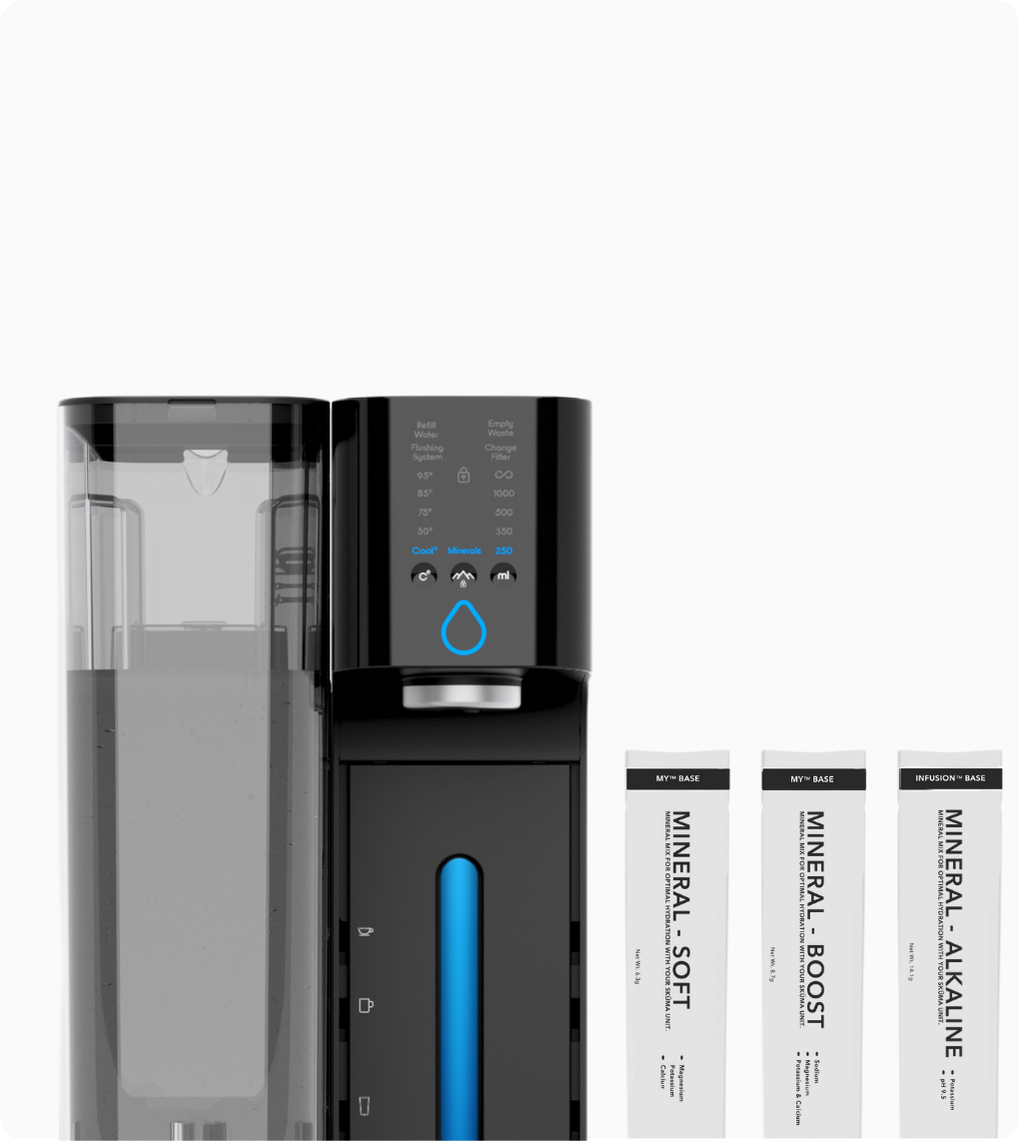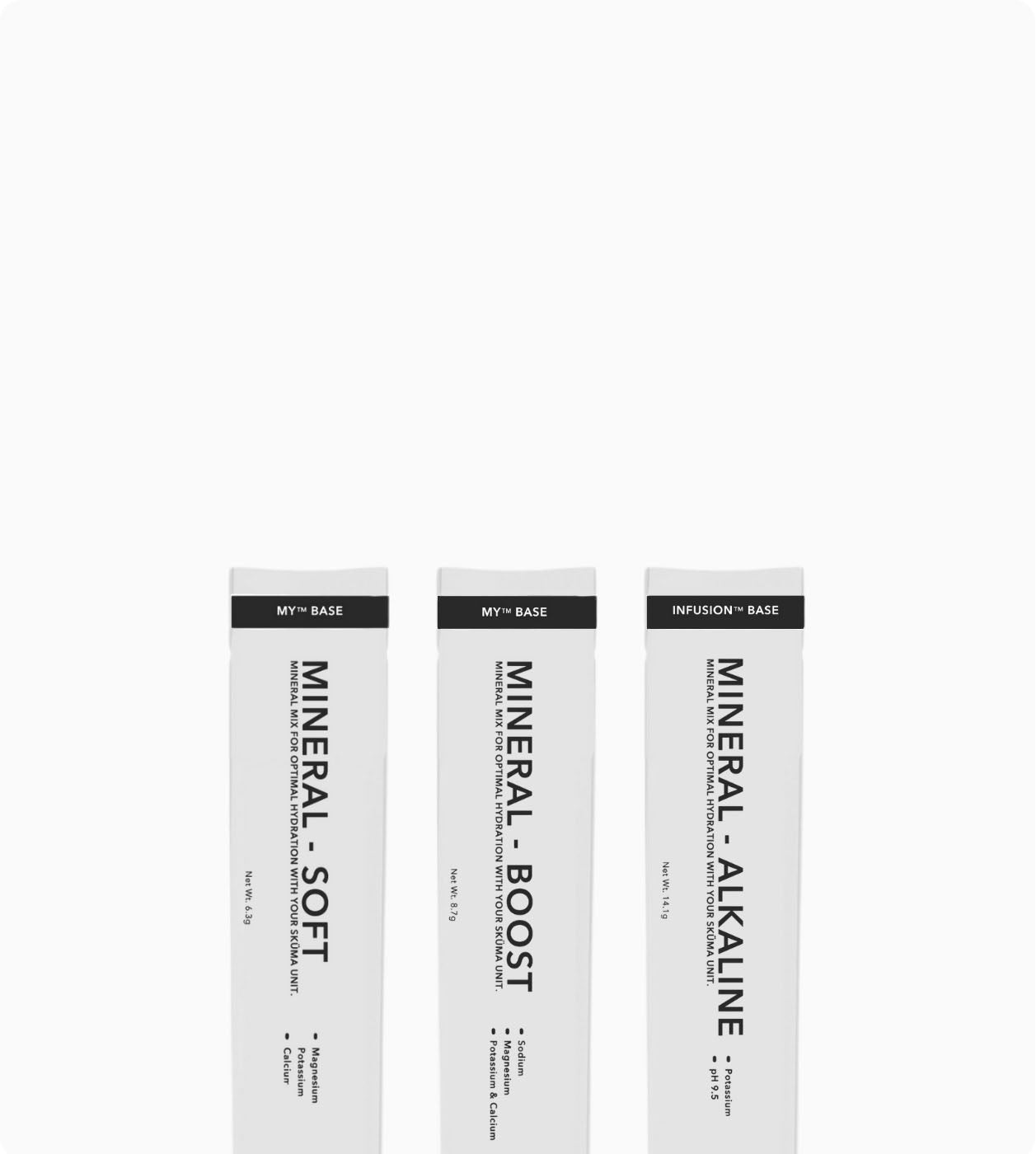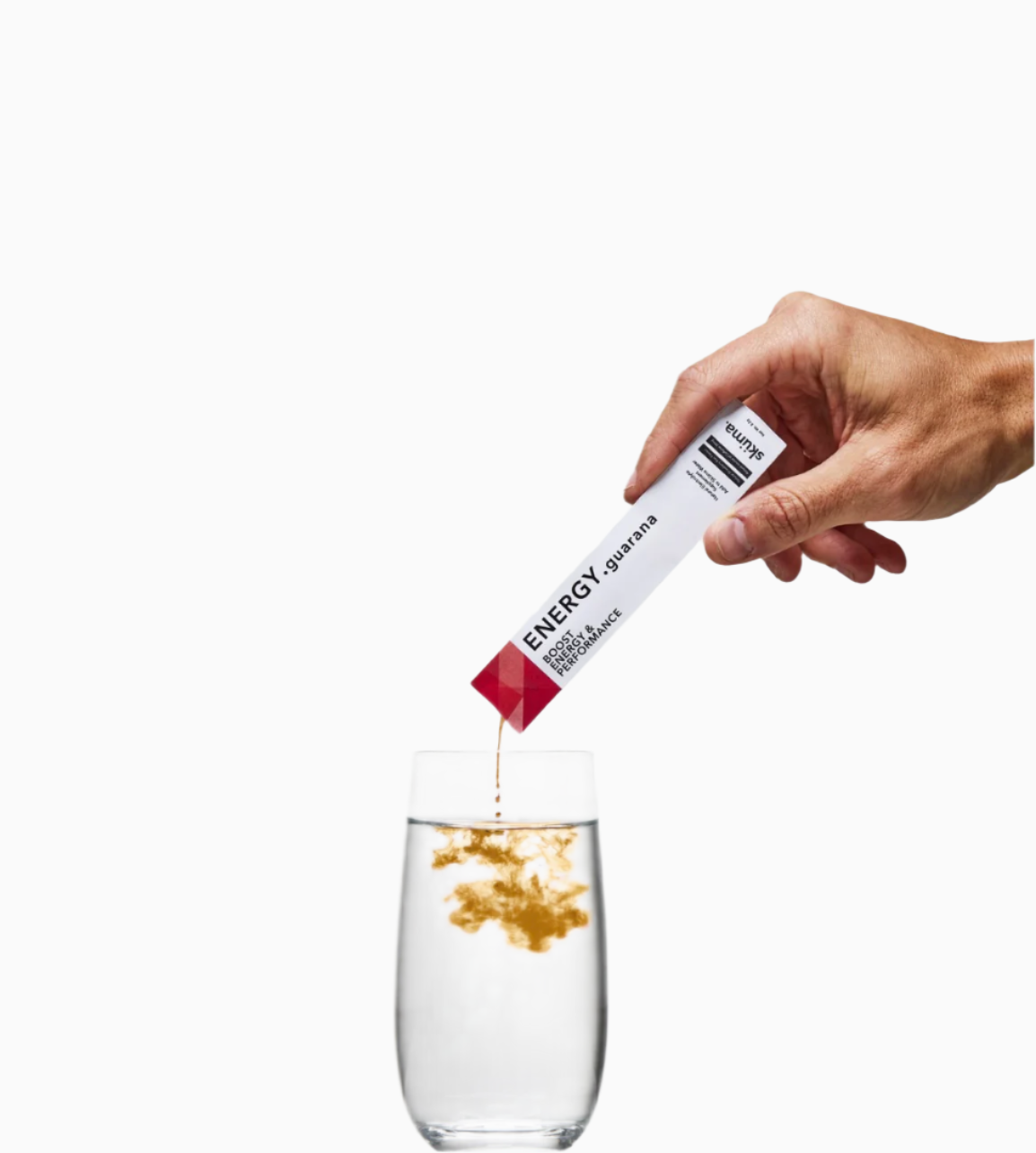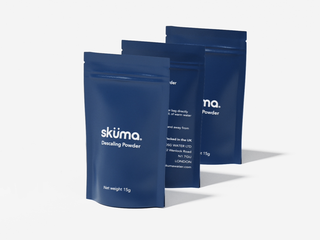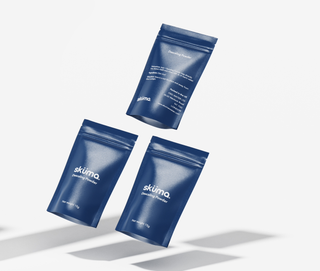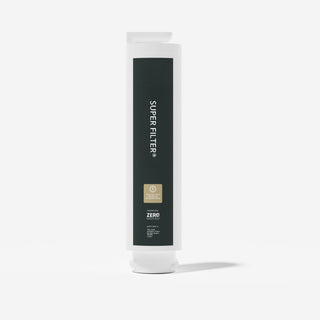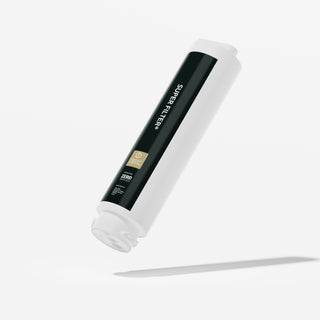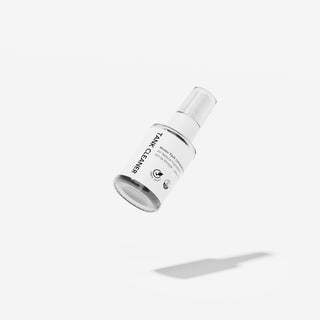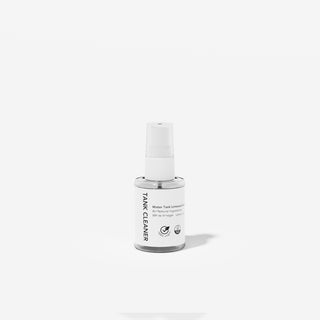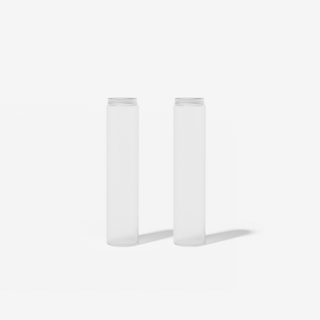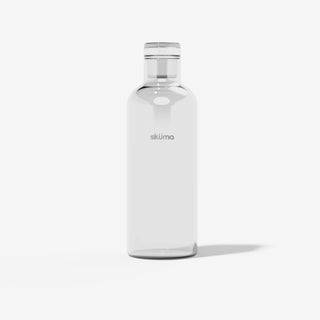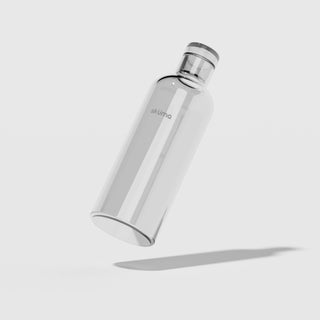Creatine is one of the most researched and effective supplements for increasing power output, muscle mass, and recovery. But many people overlook a key factor in how creatine works: hydration.
Whether you’re taking it in powder, capsule, or liquid form, your hydration status can influence creatine’s effectiveness, absorption, and side effect profile. Here’s how to take creatine properly and why your water source matters.
Why Take Creatine in the First Place?
Originally used to boost athletic performance and lean mass, creatine’s benefits go far beyond the gym.
Research has shown creatine supports:
- Improved muscle strength and recovery
- Enhanced high-intensity exercise performance
- Better cognitive function, especially under stress or fatigue
Recent studies are also investigating creatine’s potential in neuroprotective roles, including its use in managing neurological conditions. A 2022 review in Frontiers in Nutrition highlighted creatine’s ability to support cellular energy metabolism in the brain, making it a promising compound for slowing cognitive decline and potentially reducing Alzheimer's progression.
Creatine and Hydration: What You Need to Know
- Hydration Enhances Creatine Absorption and Cell Uptake
- Creatine works by increasing phosphocreatine stores in your muscles, which support short bursts of energy. This uptake process is water-dependent. Research shows that creatine draws water into muscle cells, improving intracellular hydration and supporting anabolic signalling (Greenwood et al., 2003). Inadequate hydration can limit these benefits and increase side effects like bloating or cramps.
How Much Water Should You Drink With Creatine?
- A general guideline is 3–4 litres per day, especially during the loading phase (if applicable). Aim for 500–750 ml of water per 5g dose of creatine, spread throughout the day. This ensures efficient transport and reduces the risk of gastrointestinal discomfort.
What Format Should You Take Creatine In?
- Most studies support creatine monohydrate - typically in powder form, as the most effective and cost-efficient option. Capsules offer convenience, while liquid creatine is often less stable. Creatine can be mixed with water or carbohydrate-based liquids like fruit juice, which may enhance absorption via insulin spikes (Steenge et al., 2000).
When Should You Take Creatine - and With What?
- Timing is flexible. Post-workout creatine paired with a hydrating electrolyte drink or carb-rich meal may improve muscle uptake. You can also take it pre-workout or at a consistent daily time. Just ensure you’re pairing it with adequate fluids and minerals, especially if you’re training hard or sweating heavily.
Want Creatine to Work Smarter?
Creatine and water go hand in hand. Skuma helps you go beyond basic hydration by combining purified water with targeted electrolyte blends, enhancing water absorption and muscle hydration at a cellular level.
Explore Skuma’s functional hydration systems →
Citations
- Greenwood, M. et al. (2003). “Creatine supplementation and muscle cell hydration.” Journal of Exercise Physiology
- Steenge, G.R. et al. (2000). “Insulin-mediated creatine retention.” American Journal of Physiology – Endocrinology and Metabolism
- Kreider, R.B. et al. (2017). “International Society of Sports Nutrition position stand: Creatine supplementation and exercise.” Journal of the ISSN
- Avgerinos, K.I. et al. (2022). “Creatine supplementation in neurodegenerative diseases: A review.” Frontiers in Nutrition
- Volek, J.S. et al. (1999). “Performance and muscle fiber adaptations to creatine supplementation and heavy resistance training.” Medicine & Science in Sports & Exercise


